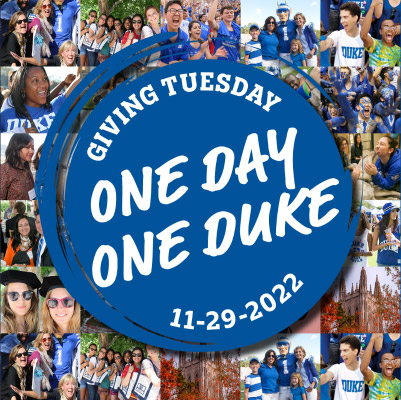Outsmarting Superbugs, One Germ at a Time
Outsmarting Superbugs, One Germ at a Time
It’s an old story: Pathogen sickens humans. Humans create medicine. Pathogen evolves a way around the medicine. Humans are back to square one.
The resistance story has played out among many bacterial pathogens, from tuberculosis to those that cause common staph infections, that are now resistant to one or more commonly used antibiotic. Similarly, cancer cells, once treated, often evolve to become resistant to the treatment that initially knocked them back.
Bruce Donald, PhD, is working to rewrite that story.
“It's an arms race,” says Donald, the James B. Duke Distinguished Professor of Computer Science, with joint appointments in the Departments of Mathematics, Chemistry, and Biochemistry. “Right now, our approach in medicine and biotechnology is entirely reactive. The only hints as to what the adversary will do are based on what it did in the past.” Donald isn't satisfied with that. He wants to look to the future to get ahead of a pathogen's evasive moves.
Rather than consulting a crystal ball, Donald and his team have created software that uses artificial intelligence to predict how pathogens will change in response to a particular treatment. “We hope to be able to predict evolution to help ourselves and others anticipate resistance ahead of time,” he says. “If we can do that, the hope is we can design a second intervention, using computational techniques, that can kill it off.”
They've already demonstrated that their software works to predict the evolution of bacterial pathogens and they are now setting their sights on cancer.
In the case of bacteria, Donald and his colleagues were able to use their software to successfully predict how the common bug Staphylococcus aureus would evolve in the face of a treatment that had just been developed. They validated their predictions in the lab and, eventually, in hospitalized patients. “Some of these mutations had never arisen in clinic before, but we could predict them computationally,” he says.
Cancer is a more formidable opponent because cancer cells are more complex than bacteria. “Cancer has lots of tricks that make it more difficult than the antimicrobial space,” he says. “They evolve ferocious mutations.” Nevertheless, he and some colleagues in Austria recently successfully predicted how lung cancer cells would evolve to outsmart a new treatment.
Accurately predicting cancer evolution saves all the time that would otherwise be spent waiting to observe the process unfold in real life after a new treatment hits the market. What's more, if the evolution can be predicted, a counter-treatment could be designed and evaluated in tandem with the initial treatment to save even more time and perhaps knock the cancer completely out of the game from the outset.
That's the goal, but Donald says, “We're not there yet.” He and his team have shown they can look forward one or two moves in the evolution of cancer cells, but they want to be able to go farther. “We can predict the next move or two,” he says, “but to win the game, you have to be able to predict a large number of moves: For every move I make with a drug design, the cancer will make this move. You want a strategy that will win every time.”
While Donald and his team continue their effort, they've also opened the door to other researchers by making their software free to download. It's part of a suite of software programs called OSPREY, which stands for Open-Source Protein Redesign for You. In addition to predicting resistance, researchers can use other parts of OSPREY to search known proteins or design new ones for potential therapeutic use. Donald says the software could even be used to help biologists learn more about how evolution works.
“We were one of the first groups to write biomolecular software using advanced techniques from computer science and to make it open source, Donald says. “We want to make our software something that everyone can use—from students to experienced researchers—to design proteins and drugs and predict resistance.”
The software is already being used by Donald and others to discover or design potential therapeutics, some of which are in clinical trials.
In the meantime, he's continuing to work on ways to make the software even better, not only by tweaking the code, but by improving the mathematical models that underlie the programs. “The algorithms now are based on mathematical models of what proteins and molecules do, and they were established a long time ago,” he says. He and Terrence Oas, PhD, professor of biochemistry, are collaborating to come up with better mathematical models of the behavior of proteins. “There will be a revolution in those models and we want to be a part of that,” he says.
